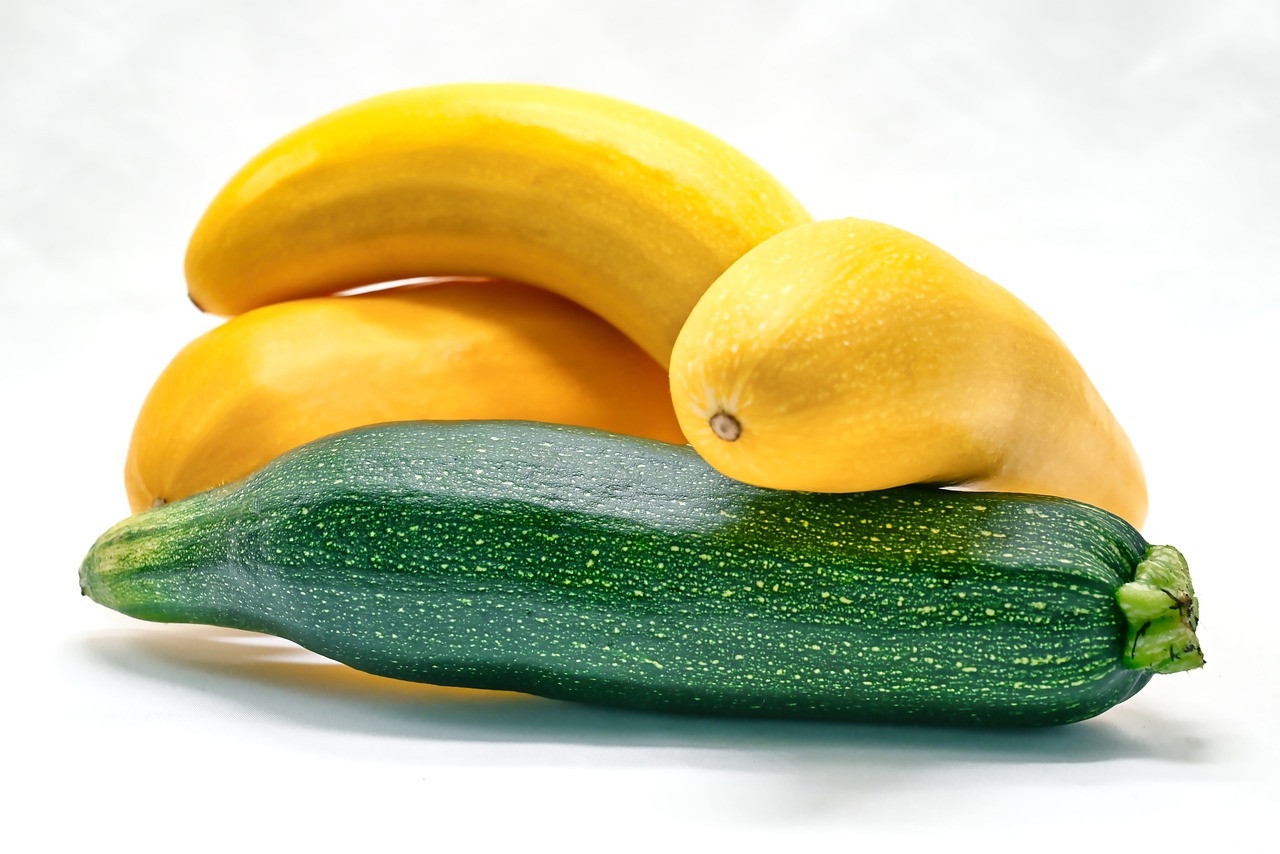Exploring the Art of Food Fermentation: From Sauerkraut to Miso
Fermentation has a rich history dating back thousands of years, with evidence suggesting its presence in ancient civilizations such as Mesopotamia, Egypt, and China. These early societies used fermentation as a method of preserving food, enhancing flavors, and even for medicinal purposes. The process of natural fermentation occurs when microorganisms, such as bacteria, yeast, and molds, break down complex compounds in organic substances like carbohydrates and sugars.
As time progressed, various cultures developed unique fermentation practices and recipes, leading to a wide array of fermented foods and beverages that are integral to their culinary traditions. For instance, the Japanese have soy sauce, miso, and sake, while Germans are renowned for their sauerkraut and beer. Fermentation not only played a pivotal role in sustaining populations during times of food scarcity but also contributed to the diversification and enrichment of global cuisines.
The Science Behind Fermentation
Fermentation is a natural process that occurs when certain microorganisms, such as bacteria, yeast, or mold, break down carbohydrates like sugars and starches. These microorganisms convert these sugars into alcohol or organic acids, releasing energy in the form of ATP in the absence of oxygen.
The most common type of fermentation is lactic acid fermentation, where bacteria convert sugars into lactic acid. This process is responsible for the tangy flavor found in fermented foods like yogurt, sauerkraut, and kimchi. Other types of fermentation include alcoholic fermentation, where yeast converts sugars into ethanol and carbon dioxide, a process used in making beer and wine.
Common Fermented Foods Around the World
Kimchi is a staple in Korean cuisine, with a history dating back thousands of years. This spicy, fermented dish is made from seasoned vegetables like cabbage and radishes, offering a unique blend of flavors that are both tangy and savory.
In Japan, miso paste is a popular fermented food that adds depth and umami flavor to a variety of dishes. Made from soybeans, rice or barley, salt, and a fermenting agent called koji, miso paste is used in soups, marinades, and dressings, providing a rich and complex taste profile.
• Kimchi is a staple in Korean cuisine, dating back thousands of years
• Made from seasoned vegetables like cabbage and radishes
• Offers a unique blend of tangy and savory flavors
• In Japan, miso paste is popular fermented food
• Adds depth and umami flavor to dishes
• Made from soybeans, rice or barley, salt, and koji fermenting agent
What is food fermentation?
Food fermentation is a process in which microorganisms, such as bacteria or yeast, break down sugars and starches in food to produce acids, gases, or alcohol.
How does fermentation preserve food?
Fermentation preserves food by creating an acidic environment that inhibits the growth of harmful bacteria. It also enhances the shelf life of food by slowing down the process of spoilage.
What are some health benefits of consuming fermented foods?
Consuming fermented foods can help improve digestion, boost the immune system, and increase the bioavailability of nutrients. They also promote a healthy balance of gut bacteria.
Are there any risks associated with consuming fermented foods?
While fermented foods are generally safe to consume, there is a small risk of foodborne illness if they are not prepared or stored properly. It is important to follow proper food safety guidelines when fermenting foods at home.
Can anyone consume fermented foods?
Most people can consume fermented foods without any issues. However, individuals with certain health conditions, such as compromised immune systems or allergies to specific ingredients in fermented foods, should consult with a healthcare provider before consuming them.







